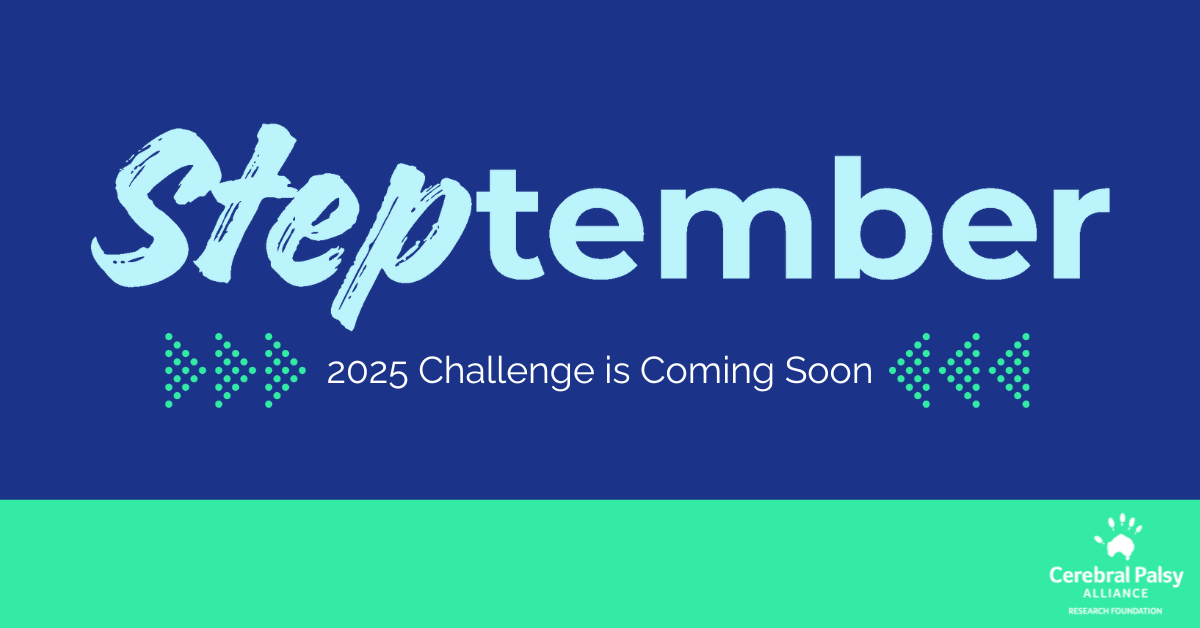
Straight Up: Maintaining Good Posture at Your Desk
By Todd Williams*
THE GIST: You can change your posture through a combination of mindfulness and exercise. Make sure you get up from your desk once every hour to reset your position and do some movements at your desk to get your posture on the right track.
THE LONGER READ. Our bodies will turn into the shape that we maintain the most. I see many patients who — with no impairments other than their posture — still appear to be sitting when they stand: Head forward, shoulders rounded, hips flexed. It’s a habit that I’m here to help you break.
When you think about good posture, try visualizing stacking. Start with your head and scan down your body, stacking your head on top of your shoulders, your shoulders on top of your hips, your hips on top of your knees, and finally your knees on top of your ankles. Take a second to think about it: Are your bones stacked in line?
You can improve your posture through strengthening. As I mentioned in my first post, our bodies adapt to whatever stress we give them. So if we sit with poor posture, that’s what we’ll adapt to, lengthening and weakening certain muscles while others become tight and difficult to move. To change this, you need to apply the right amount of stress to compensate for all the time you may spend with poor posture.
Here are some simple exercises that you can do at your desk right now to improve your posture. Repeat each movement six times for 10 seconds each:
1. Seated cervical retraction
2. Seated cervical lateral restriction
3. Seated scapular retraction
4. Seated shoulder external rotation
You can also change your posture through mindfulness. Your postural muscles need reminders to remain in their proper place. You can do this by getting up from your desk at least once an hour and resetting your posture every hour or so. By changing position, you’ll be giving your muscles and mind a break and you’ll be more likely to maintain proper posture easily once you sit back down.
You don’t need to be thinking about your posture all day, but you should check in on it using your watch or an app on your phone to alert you when you’ve been sitting for too long.
If you give a little attention to your posture and put a bit of work into it each day, you’ll be doing something big for yourself.
STEPtember to Remember: Blogging It Out is a series by Todd Williams, CPARF’s STEPtember Fitness Ambassador. Todd is a traveling physical therapist who’s training for the 2019 New York City Marathon — and he has cerebral palsy. The posts featured in this series showcase his personal perspective.
*This blog series doesn't constitute professional medical advice. Only you and your doctor know what's best for you, so please consult your doctor for medical advice. This blog series also shouldn't be read or construed to contain any medical advice or medical endorsement by Cerebral Palsy Alliance Research Foundation.
Mon 08 Sep 2025
We’re proud to share that CPARF’s 2025 Remarkable US Accelerator cohort kicks off this week! This program supports disability-focused startups that are developing cutting-edge assistive technology.
Wed 21 May 2025
We’re officially in double digits — CPARF is celebrating 10 years of funding groundbreaking cerebral palsy research and driving innovation forward. And there’s no better way to mark this milestone than with our biggest, boldest STEPtember yet.



